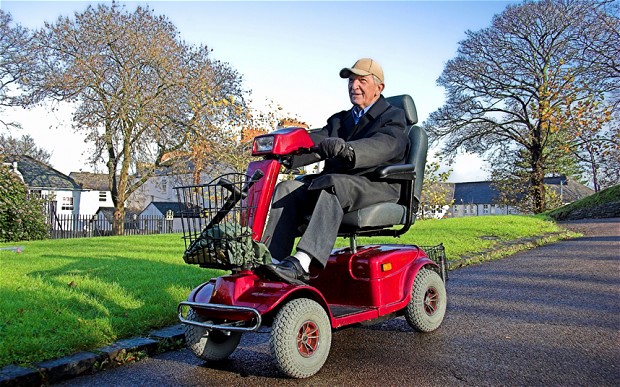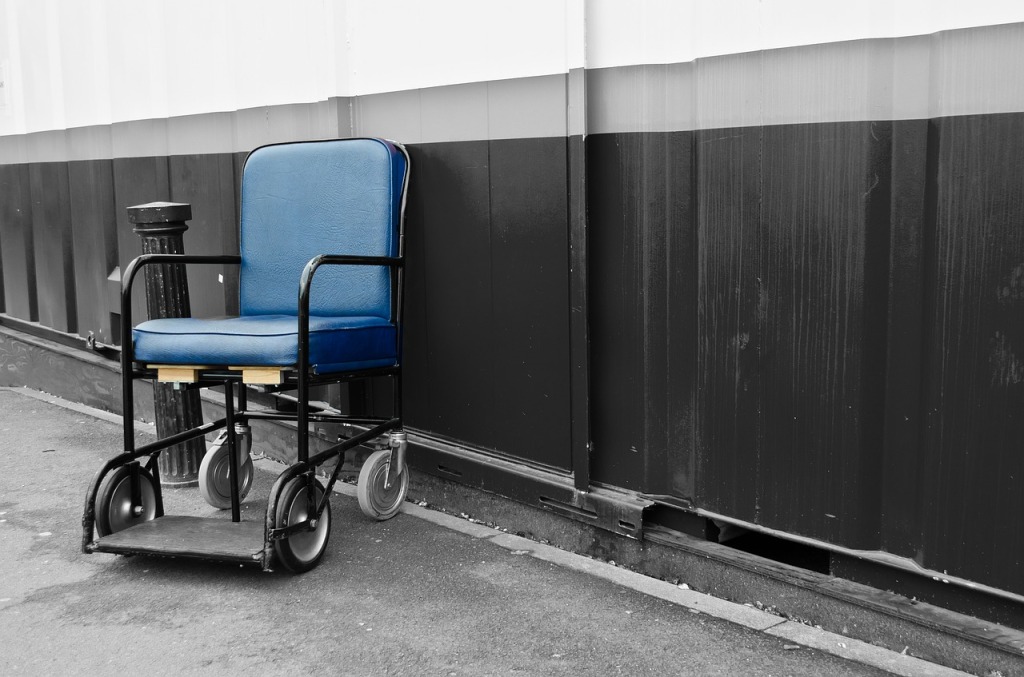For all mobility rehabilitation patients, adjusting to their new life takes some time and effort, that with an assistant’s help, is ultimately beneficial for them and their family. It can take a little creative thinking, but in general adjusting one’s home to meet their mobility needs is simple, helped by home comforts. However, for many patients, going outside and maintaining their everyday life outside the home can be fraught with difficulty: fear of judgement from other people, fear of accidents and emergencies, and a lack of understanding regarding accessibility options for transport and other buildings. If your patient is not sure what kind of transportation works for their needs, here is a quick overview.
Mobility Scooters
For many disabled and elderly people – typically those used to a walking frame or stick – a mobility scooter can be a huge help in moving around, particularly outdoors when bad weather is a concern, or for long ‘walking’ tasks such as grocery shopping. When choosing a mobility scooter, be sure to pick the class that matches your patient’s needs best – some may need to be registered with the DVLA, and there are speed limits for their use (typically 4mph offroad, 8mph on road).
Disability Cars
Disability cars have been in existence since the end of the second World War, though fortunately in the years since, car manufacturers have come a long way from the famously unsafe, one-seater, three wheeled ‘invalid carriage’. Allied Mobility explain that many of the world’s leading car manufacturers create mobility models, and there is government funding available for disabled people to adapt a normal car to suit their needs, including adding wheelchair space for a user to be driven securely, while able to contain other passengers for group or family trips.
Public Transport
When rehabilitating to everyday life, many people find that taking public transport is an especially nerve-wracking ordeal. Fortunately, public transport is becoming increasingly accessible and operating and station staff are trained to be as helpful as possible at assessing and providing solutions to a passenger’s needs. Buses, trains, and trams usually have a gangway reserved for wheelchair users, as well as adjustable ramps to help passengers board. For coach journeys, it is advisable to contact the company prior to booking to establish what help is available. Almost all travel operators will allow guide dogs on board vehicles and in stations.
Local Authority Transport
For attending rehabilitation and hospital appointments, there may be free local authority transport available in your area – patients and assistants should contact their local authority directly to enquire about the specific provisions, as they differ by locale. The NHS details how to find your area’s community transport scheme. For children, who have difficulty travelling to school unassisted due to mobility issues or disabilities, there are also provisions made by local authorities – be it free taxis, an escort on public transport, or specialised seating in a mobility vehicle.








